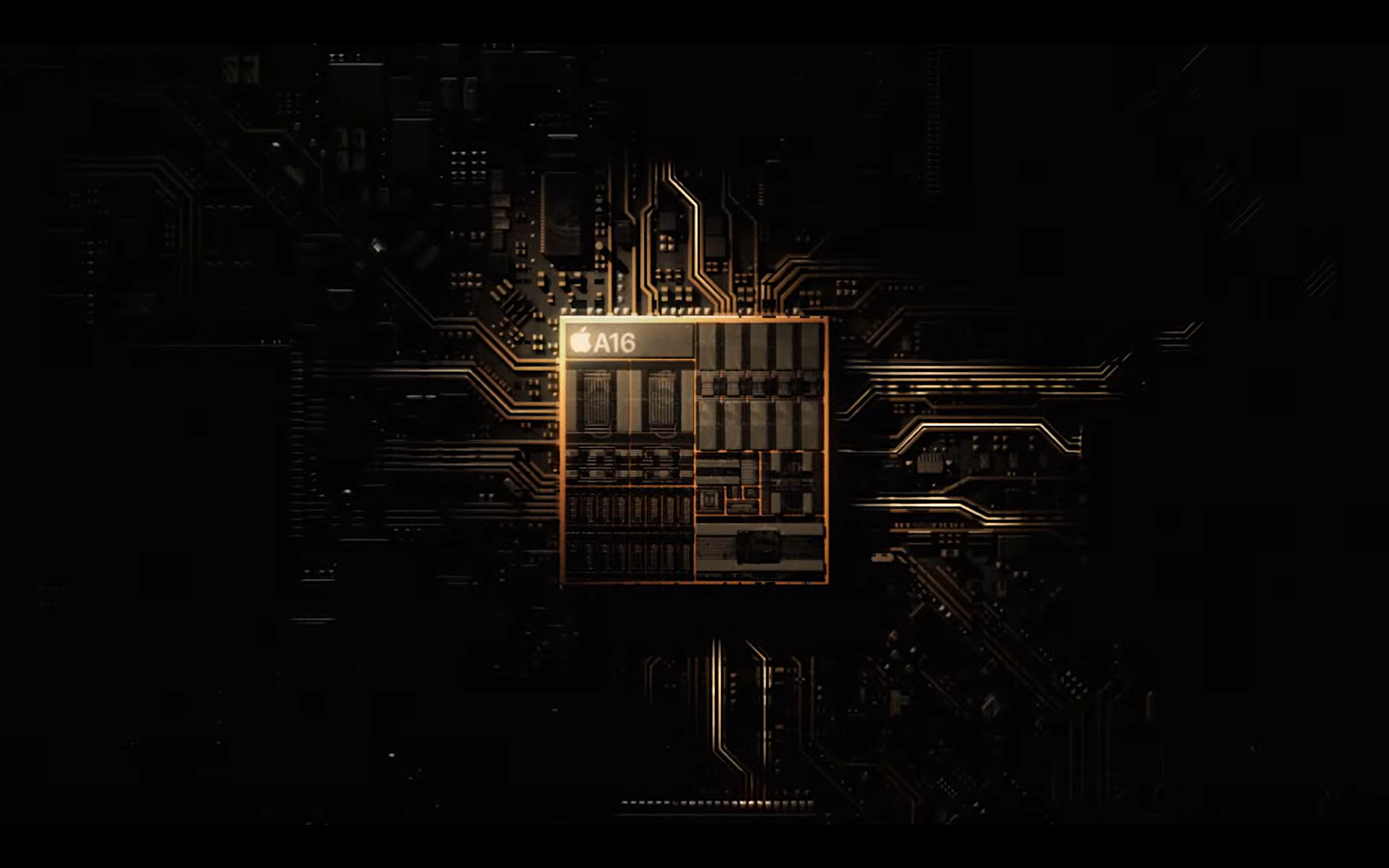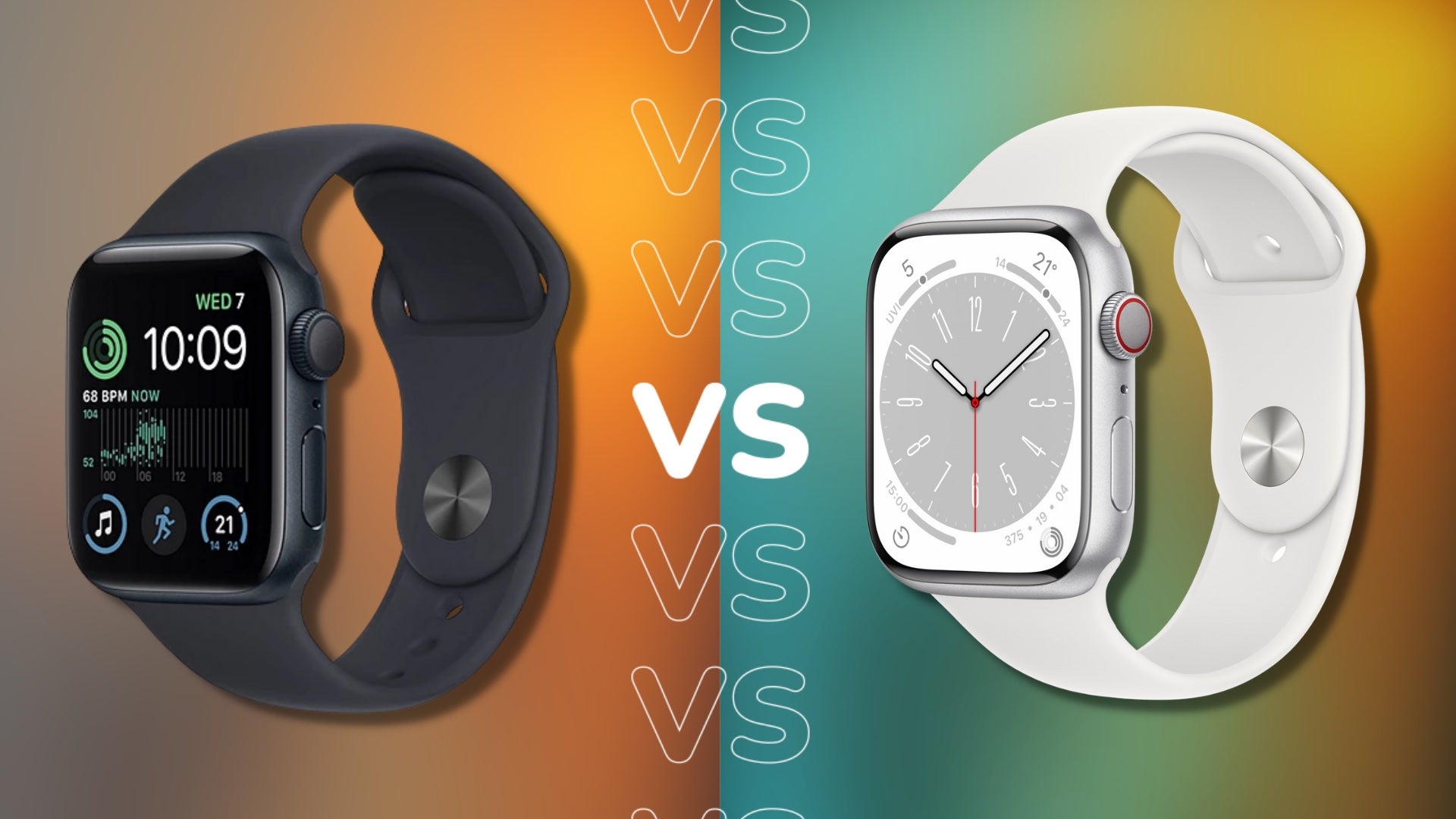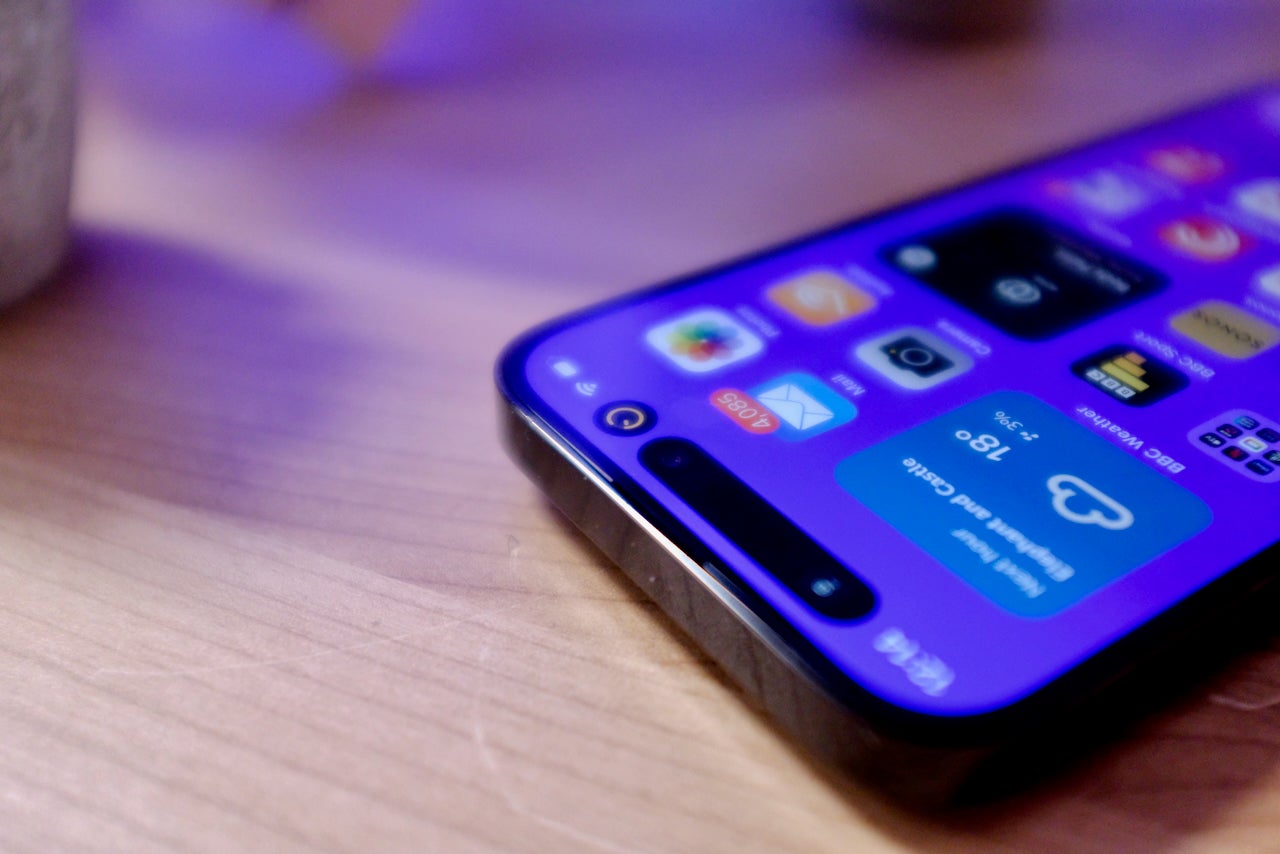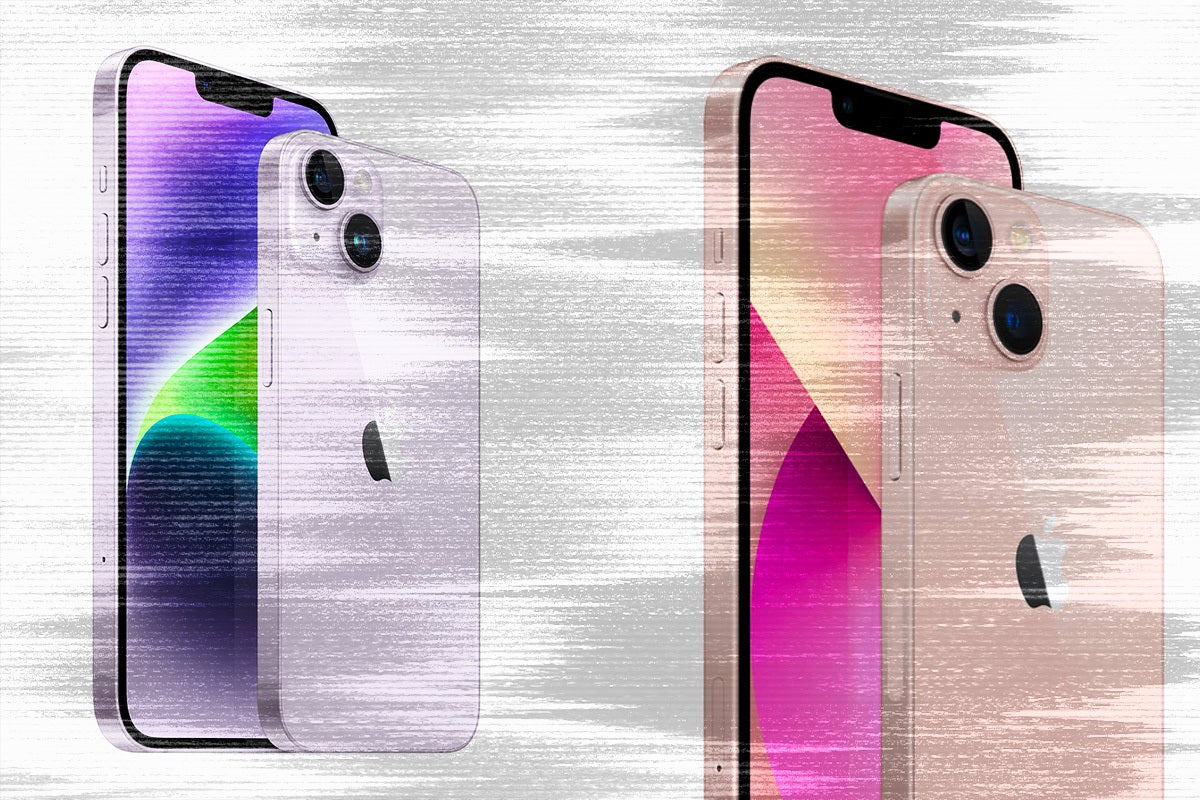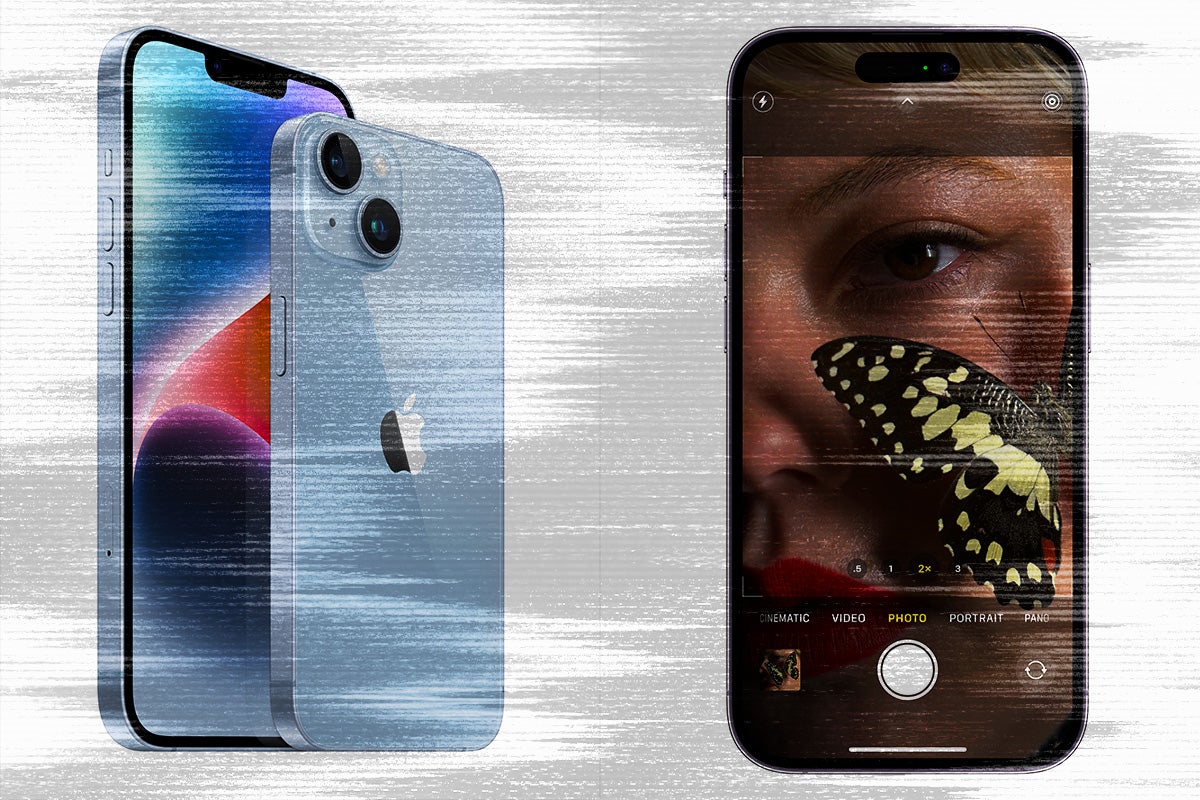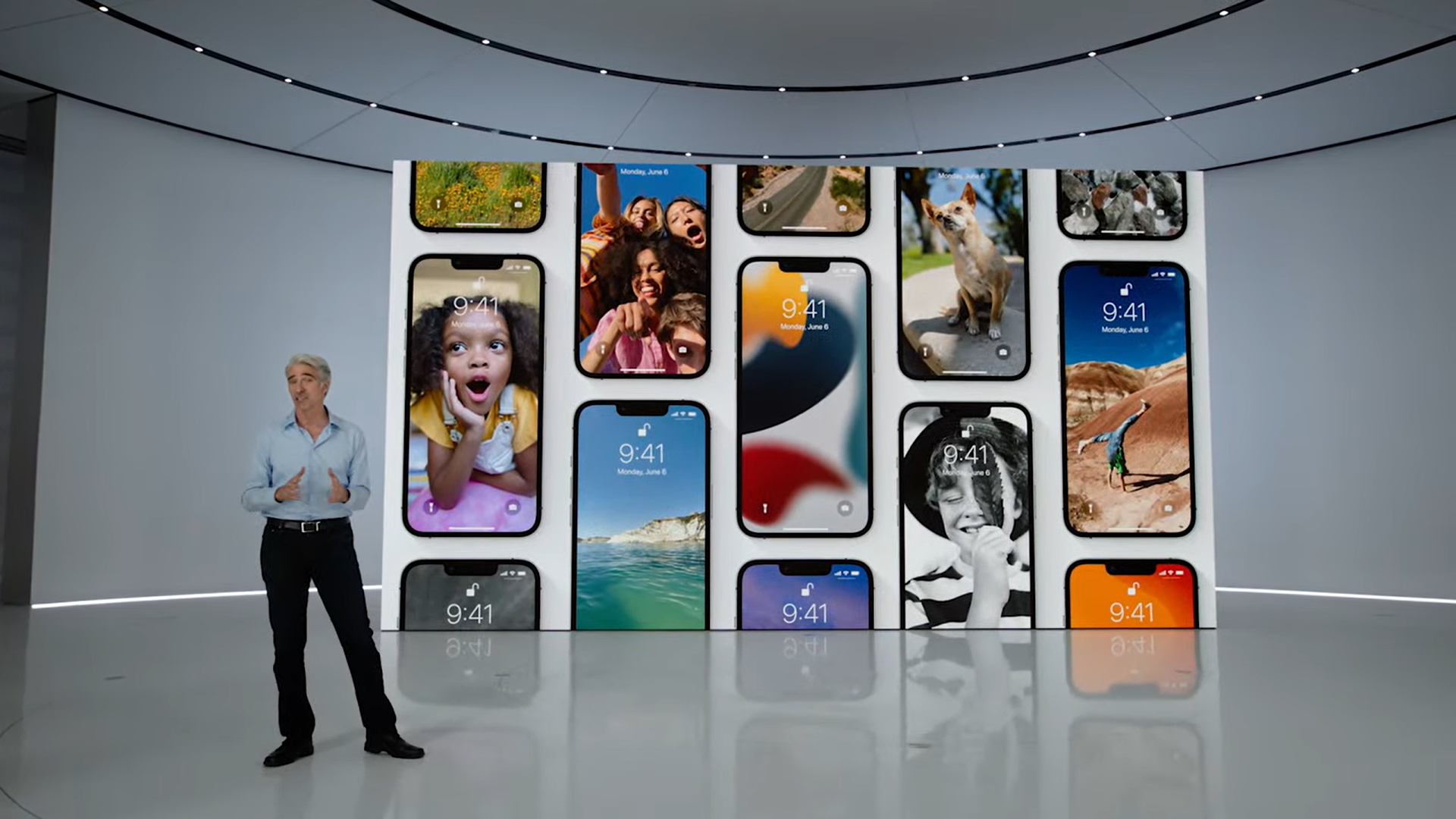iPhone 14 vs Pixel 7: Apple or Android?
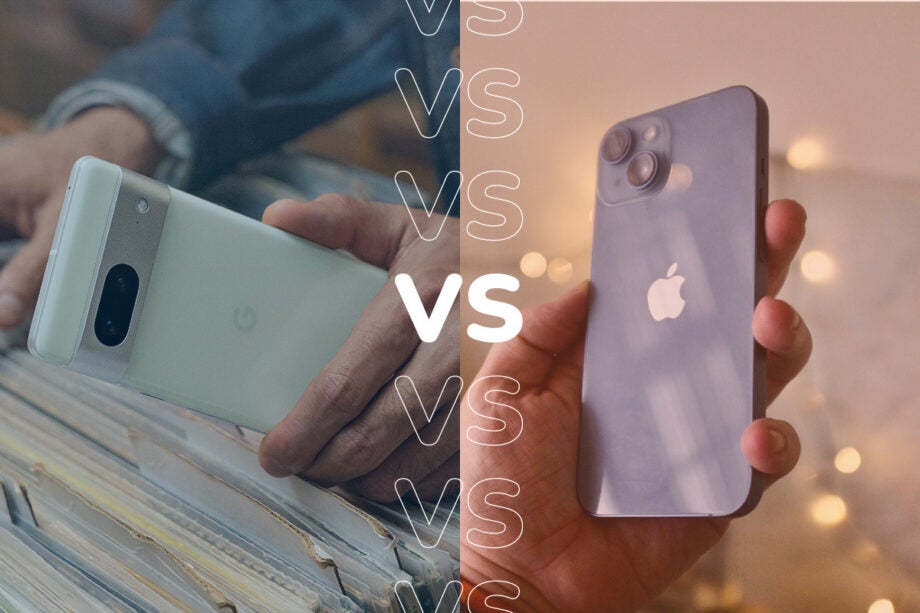
Apple and Google are two of the largest companies in the mobile world, both boasting iconic branding and some of the most advanced technology in the industry.
And since both companies have released a new series of smartphones this year, we thought it was time to delve into the key differences between these devices.
If you’re caught between the iPhone 14 and the Pixel 7 as your next phone and don’t know which to choose, make sure you keep reading, as we will be running through the pricing, battery life, camera and specs so you can decide which is best suited for you.
Price
One of the biggest differences between these handsets is the pricing. The iPhone can be brought directly from Apple while the Pixel can be found on the Google website, however, both can also be found by third-party retailers.
We have broken down the pricing for the iPhone 14 below.
- 128GB: £849/$799/€999
- 256GB: £959/$899/€1,129
- 512GB: £1179/$1,099/€1,389
And the breakdown for the Pixel 7 can also be found below.
- 128GB: £599/$599/€649
- 256GB: £699/$699/€749
Camera
Starting with the iPhone 14, Apple’s phone comes with a dual-camera system including a 12-megapixel main wide sensor (f/1.5) alongside a 12MP ultra-wide camera (f/2.4) with a 120-degree field of view.
It is capable of 2x optical zoom out and up to 5x digital zoom, with the Photonic Engine processing tech as well as Deep Fusion and Smart HDR 4. Our review claims that the Photonic Engine feature produces more accurate skin tones and that low-light shots have more detail, even when Night Mode doesn’t kick in.
We noted that compared to its predecessor, it churns out better low-light shots, with colours also popping in daylight situations. We thought that the iPhone packed a lot of detail and excellent dynamic range and that its video capabilities were also impressive, with the latest stabilised Action Mode meaning that you can shoot in 4K Cinematic Mode.
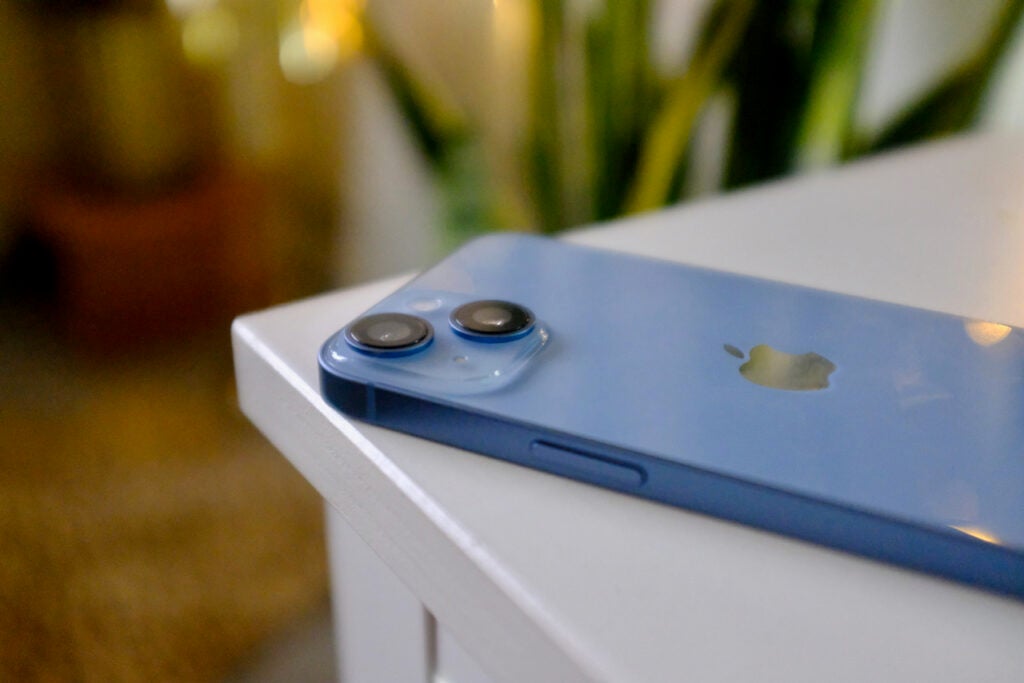
Turning towards the Pixel 7, it comes with a 50-megapixel wide camera (f/1.85) alongside a 12MP ultra-wide sensor (f/2.2) with a 114-degree field of view. In the same vein as the iPhone 14, there is no telephoto lens present, as these have been reserved for the iPhone 14 Pro and Pixel 7 Pro, respectively.
We thought that images taken on the Pixel 7 could be jaw-droppingly good, with punchy and vivid colours shining through. Our Deputy Mobile Editor, Peter Phelps, thought that this phone had a lot of versatility, with pictures taken in direct sunlight not looking washed out and low-light images still packing a lot of detail.
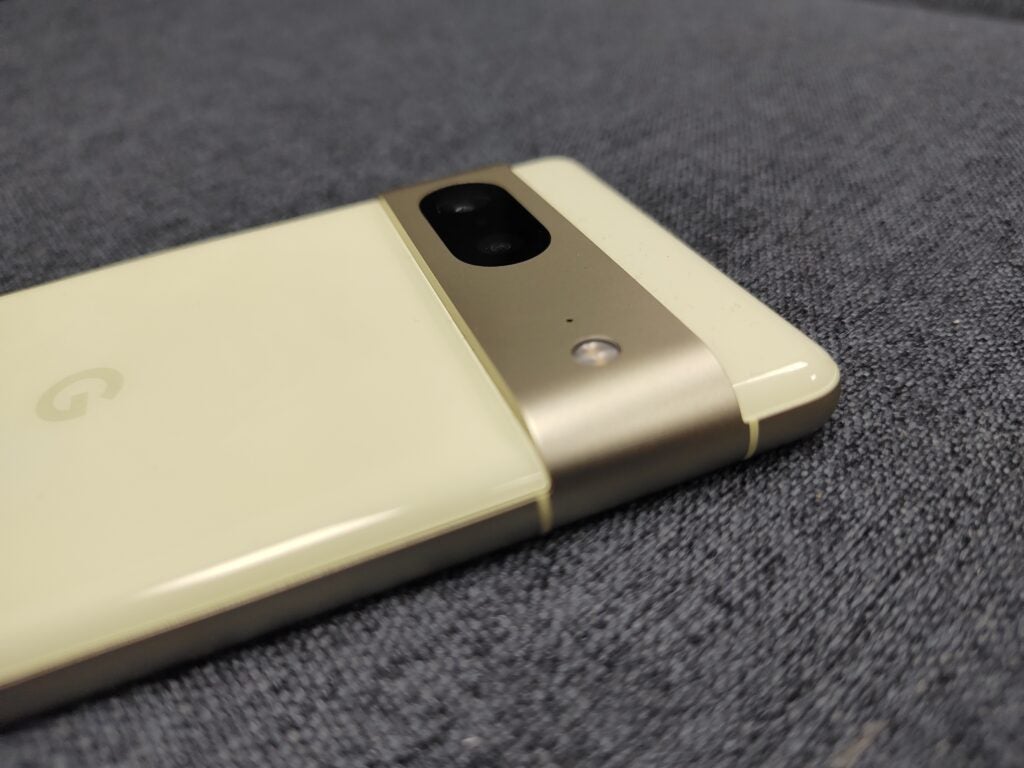
The Pixel 7 is also capable of taking 4K video at 60fsp, and we noted that the video we took – at 1080p at 30fps – was very sharp and smooth.
Overall, we thought that both of these cameras were excellent, although both are a little limited when it comes to lens options, with the respective Pro variations coming with the biggest upgrades to the series. However, both cameras offer high detail and a lot of versatility, meaning that it may come down to which interface you prefer if you’re trying to pick between the two.
Battery Life
The iPhone series is not known for having the best battery life, and the iPhone 14 came with some modest improvements over the iPhone 13. Streaming HDR content at 100% brightness for an hour took the battery down by 9%, and we found that we could get through a full day with between 20-30% battery left, and even more leftover on quieter days.
The iPhone does not come with a plug but does come with a USB-C to Lightning cable, and supports the handy wireless MagSafe charging. Charging up the device took 92 minutes with a 20W charger, with the phone taking 32 minutes to charge up to 50%.
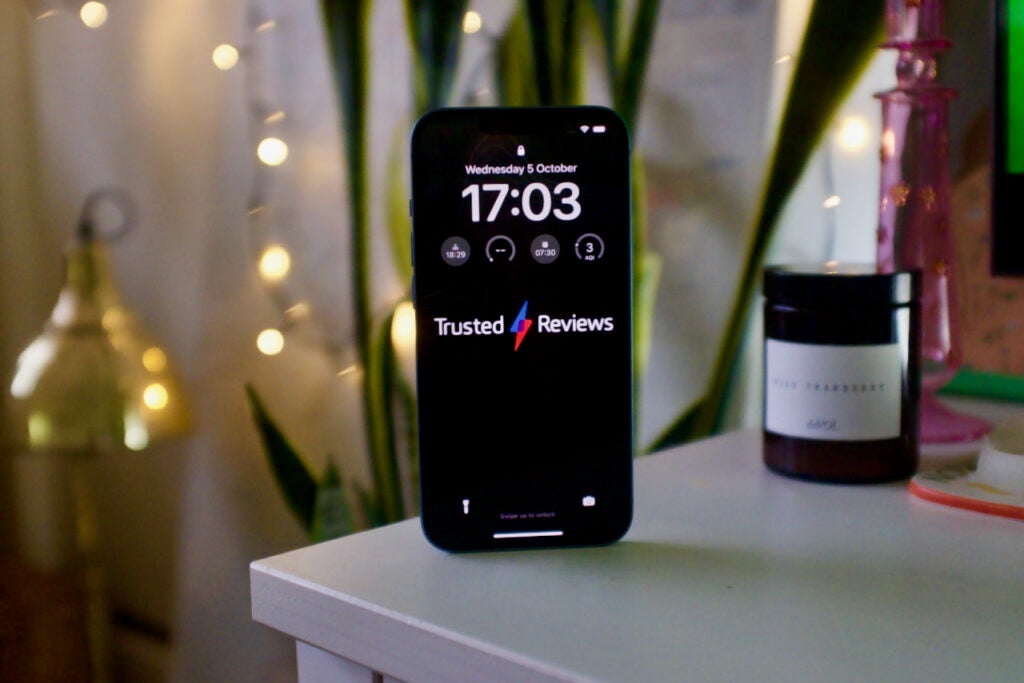
The Pixel 7 also shows improvements over its predecessor, the Pixel 6. We could finish a day with around 20% of battery left, aided by Google’s Adaptive Battery feature, which adjusts usage based on the activity of the device. It also comes with wireless charging.
In the same vein as Apple, there is no charging plug included in the box, and it took us just above an hour to charge the phone up to full battery using a 30W charger.
In terms of battery life, these phones are quite similar, although the Pixel 7 does have faster charging times. Both of these devices pale in comparison to some brands out there, however, the battery will be serviceable for most people overall.
Screen
The iPhone 14 comes with a 6.1-inch Super Retina XDR OLED display with a 2532×1170 resolution. According to Apple, this iPhone has 800 nits of typical brightness and 1200 nits during HDR content, with HDR support and a 2,000,000:1 contrast ratio.
We thought that the HDR performance was faithful and that detail was sharp, with the peak brightness allowing us to use and navigate the phone easily even on sunny days.
The iPhone 14 does come with the same notch as before, with the latest Dynamic Island feature being reserved for the Pro variations.
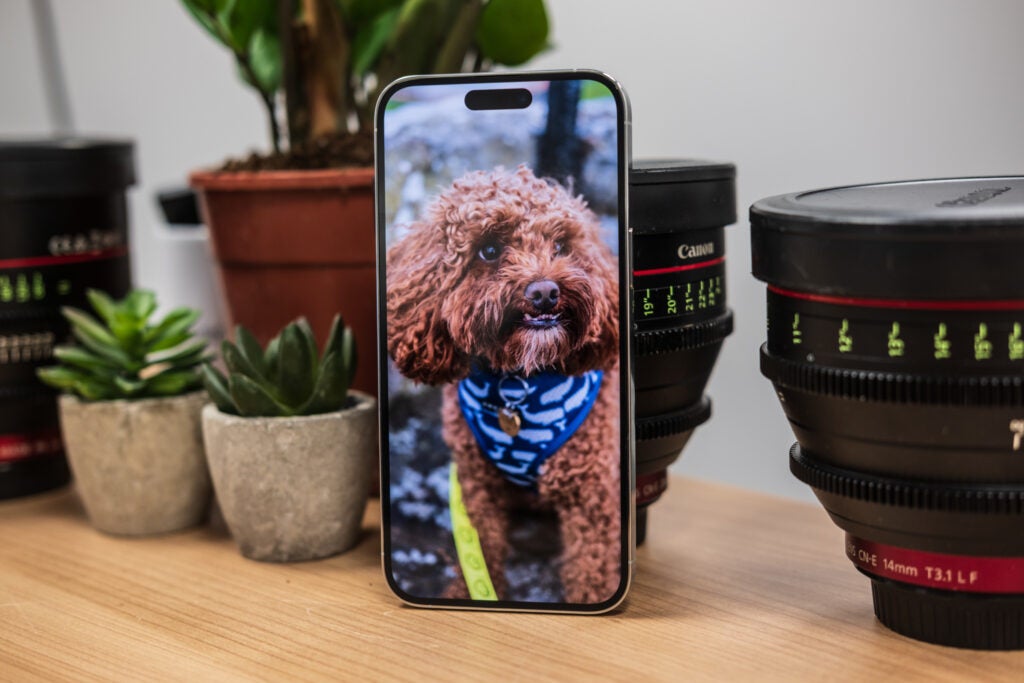
Meanwhile, the Pixel 7 has an OLED screen measuring in at 6.3-inches, making it a touch larger than its Apple rival. The resolution sits at 1080×2400 and is sharp with a good contrast thanks to the OLED panel, and bright enough to read in direct sunlight.
Google claims that the Pixel 7 goes up to 1000 nits during HDR content and 1400 nits peak brightness, making it brighter than the iPhone 14. We were disappointed with the 90Hz capped refresh rate, however, it seems that both base models skipped on more advanced screen technology, with ProMotion being reserved for the iPhone 14 Pro and 120Hz being reserved for the Pixel 7 Pro.
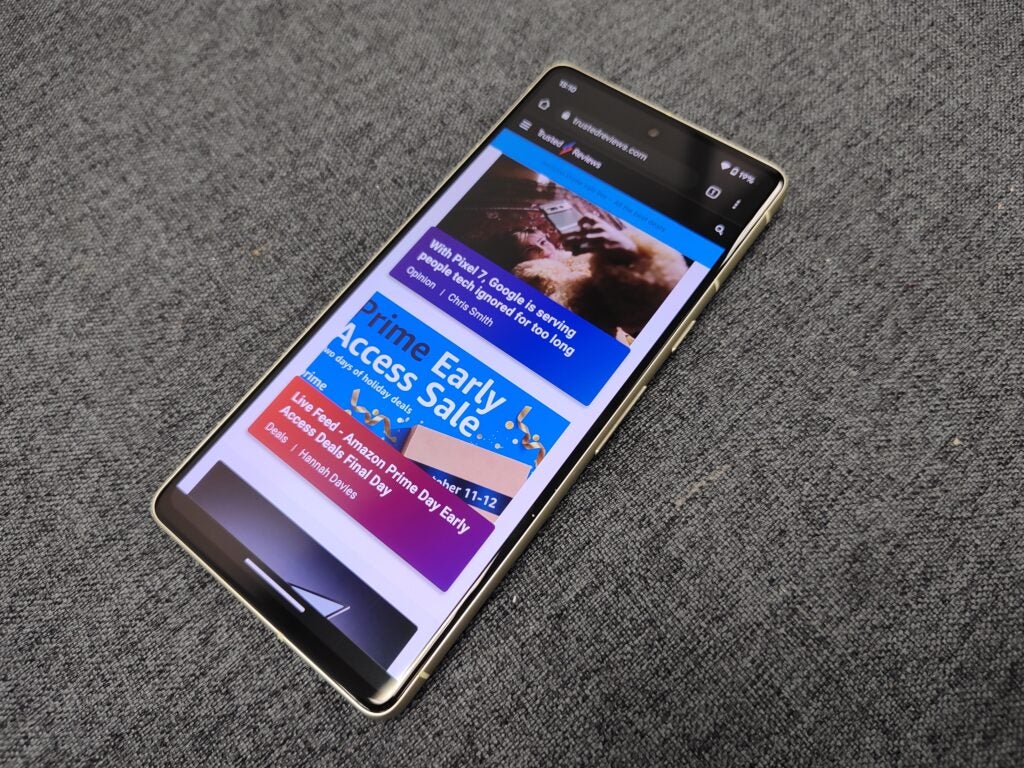
This means that both handsets won’t feel as fluid compared to their more expensive counterparts, however, we noted that both feel fine to use in practice and you’re only likely to notice the slower framerate if you have used a handset featuring a 120Hz refresh rate before.
Both the iPhone 14 and the Pixel 7 come with great screens, with the Google variation coming in a little bigger and a little brighter. However, since neither splash out on big features like a variable refresh rate or a new design, they’re likely to feel and look very similar.
The iPhone 14 may win out in this category since it packs an OLED panel and a higher resolution, but if you want a bigger screen, Google is the way to go.
Performance
The iPhone 14 comes with the A15 Bionic, which packs a 6-core CPU, 5-core GPU and a 16-core Neural Engine. The Pixel 7, on the other hand, uses Google’s own chipset, the Tensor G2.
Apple reserved the latest A16 Bionic for its Pro models but did add some new features. Firstly there is Car Crash Detection, which uses the sensitive accelerometer inside the phone to alert emergency services after a collision. A new Emergency SOS feature is also coming to Canada and the US, which will let users contact emergency services even when they’re out of network reach.
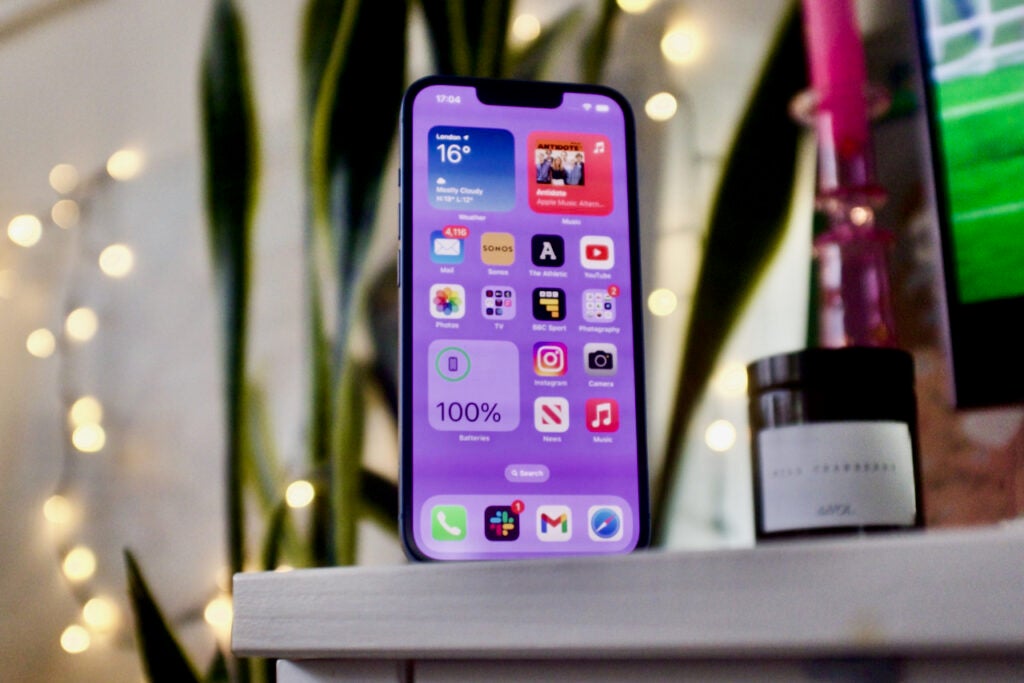
During our time using the iPhone 14, we didn’t experience any lag and intensive games like Genshin Impact ran without any issues, leading us to believe that the A15 Bionic feels very similar to the latest A16.
The iPhone 14 in the US comes without a SIM tray since the company is encouraging users to switch over to eSIM technology. It can be found in 128, 256 and 512GB variations with support for Bluetooth 5.3 and Wi-Fi 6. Moreover, it comes with iOS 16 installed, meaning that users will get the new benefits of editing a text after sending it and Live Activities.
The Pixel 7 does come with an upgraded chip, the Google Tensor G2, and we found that overall performance was fluid and smooth, even while running demanding apps. The phone did crash at one point during a benchmark test, although during day-to-day use we thought it was serviceable and reliable.
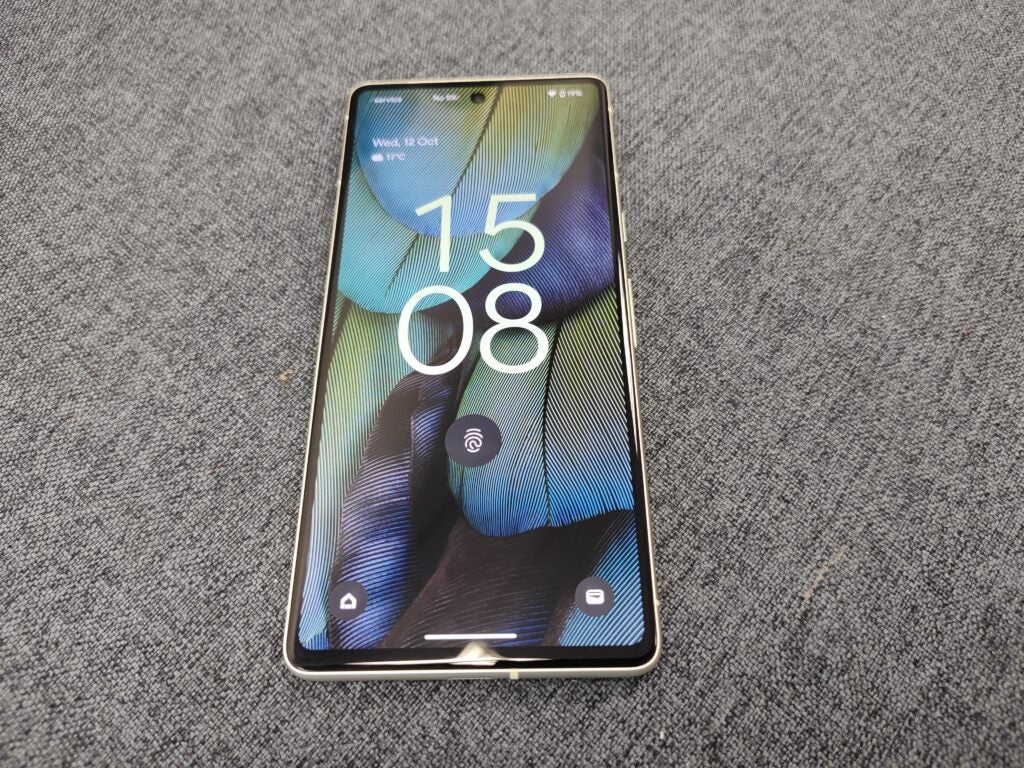
We singled out the pre-installed voice recording app as taking advantage of the latest chip, since it is one of the most accurate transcribing and voice recording tools that we’ve used before, turning an audio conversation into perfect text without needing an online connection.
The Pixel 7 comes in 128GB and 256GB variations, with support for NFC, Bluetooth 5.2 and tri-band Wi-Fi. It runs on Android 13, which has more customisation options than before and more focus on integration with other Android devices.
If you want an in-depth look at the spec differences between these two devices, you can check out the comparison block at the end of this article.
Verdict
Overall, both of these handsets are great and improve on their predecessors in key ways. In terms of pricing, the iPhone can be vastly more expensive depending on the model you choose, although it does come with the option for 512GB storage, which the Pixel does not.
The camera on each phone sits at a similar level, although any budding photographers may want to take advantage of the 50-megapixel sensor found on the Pixel 7. Performance is also similar, and we noted that both phones felt fluid and easy to use during day-to-day use, even if they both opted out of high-end screen technology like variable refresh rates.
Ultimately, the biggest difference between these two devices is the interface, as the iPhone 14 runs on iOS, while the Pixel 7 runs on Android. If you prefer iOS then the iPhone 14 is likely the best option, and if Android feels more natural to you then we would recommend the Pixel 7, as those seem to be the biggest differences between these devices, other than the price.


